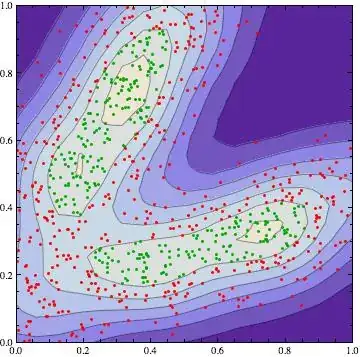In Max Kuhn's Book "Applied Predictive Modeling" this is writen about K-cross validation:
As k gets larger, the difference in size between the training set and the resampling subsets gets smaller. As this difference decreases, the bias of the technique becomes smaller (i.e., the bias is smaller for k = 10 than k = 5).
I understand why the bias is smaller for k=10 because we fit our model on smaller subset, so we do not generalize and in fact increasing our variance.
But I do not understand what is meant under:
As k gets larger, the difference in size between the training set and the resampling subsets gets smaller.
If k get bigger, we will have less points in resampling subset and more point in training set. So, if k=2, and N =100, size of training set is 50 and of resampling subset is also 50. The difference in size is 0, although k =2. If k = 4 and N=100, size of training set is 75 and of resampling subset is 25. The difference in size is 75-25= 50. So, difference increases with bigger k.
I guess I am just not understanding what is meant by size of the sets.
